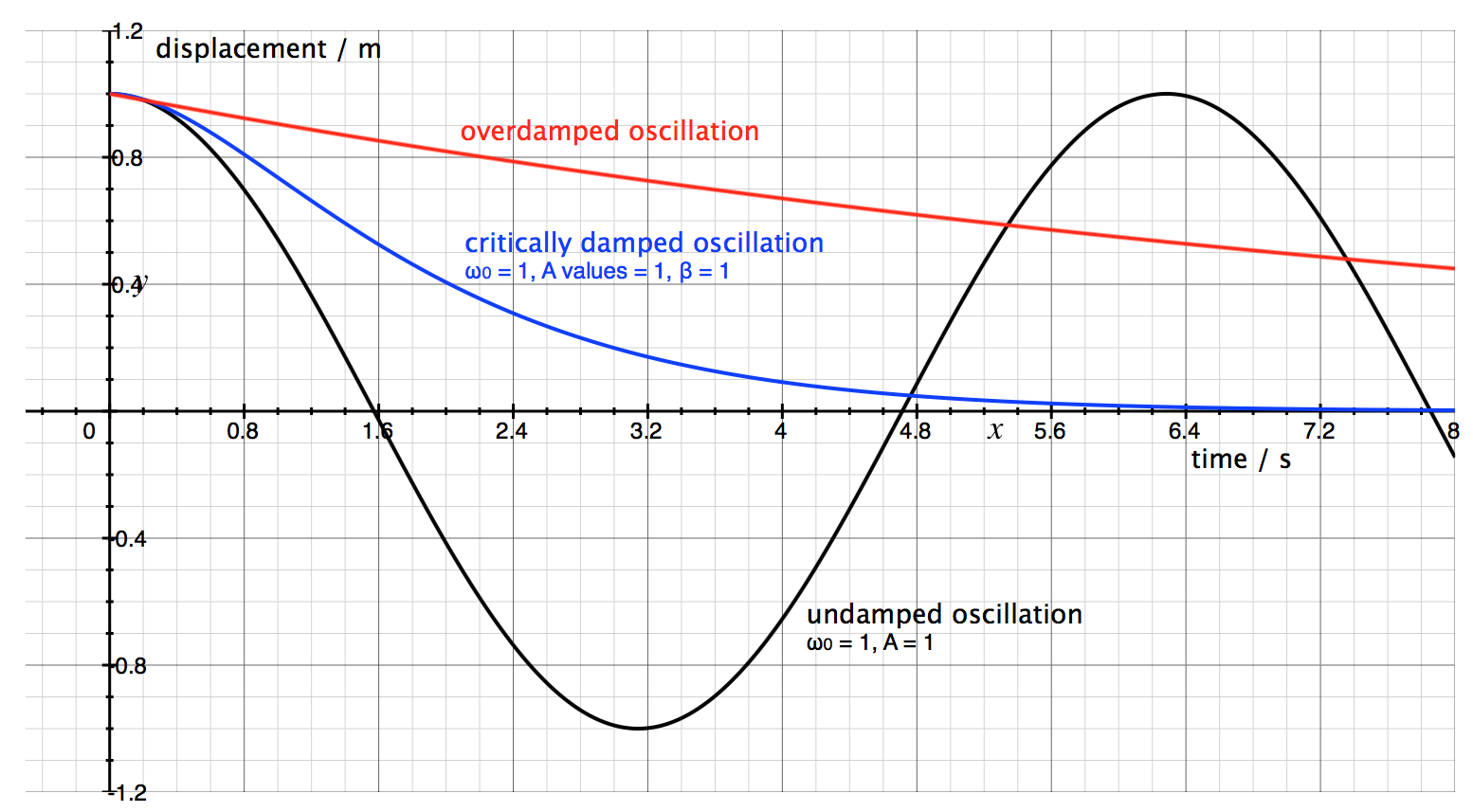Damping Ratio: A Key Concept in Engineering
In this article, we will look into the concept of damping ratio, exploring its significance, applications, and how it impacts the world of engineering.
Damping ratio is a fundamental concept in engineering that plays a vital role in controlling the behavior and stability of various systems.
Whether you are dealing with mechanical systems, electrical circuits, or structural engineering, understanding the about the damping is essential for optimizing performance.
The concept of damping ratio can be traced back to the early days of engineering when engineers sought to understand and control the oscillations and vibrations in systems. Over the years, this concept has evolved significantly, becoming a cornerstone of modern engineering practices.
What Is Damping Ratio
The damping ratio, symbolized as ζ (zeta), is a dimensionless parameter that describes the level of damping in a system.
It quantifies how oscillations in a system decay in response to a disturbance. In simpler terms, it measures how fast a system returns to its equilibrium position after being subjected to an external force or disturbance.
Understanding damping ratio is akin to understanding how quickly a cup of coffee in your hand stops sloshing after you stop walking.
A high damping ratio would mean it settles almost immediately, while a low damping ratio would lead to prolonged and messy oscillations.
Importance of Damping Ratio
The damping ratio is a critical factor in engineering because it directly influences the stability, response time, and overall performance of systems. It helps engineers strike a balance between system stability and responsiveness, ensuring that systems do not oscillate excessively or become uncontrollable.
Imagine a suspension bridge swaying in the wind. A well-designed damping system ensures that the bridge returns to its static position swiftly, preventing catastrophic oscillations.
Image: obtained from Internet
Mathematical Representation
The damping ratio (ζ) is typically expressed as a ratio of two quantities: the actual damping coefficient (c) and the critical damping coefficient (cc). The formula for calculating the damping ratio is as follows:
ζ = c/cc
Where:
- ζ = Damping Ratio
- c = Actual Damping Coefficient
- cc = Critical Damping Coefficient
Mathematical expressions like this are the backbone of engineering calculations. They provide engineers with a precise way to quantify and manipulate damping in their designs.
Types of Damping
Damping can be categorized into three main types, each with its own characteristics:
- Critical Damping
Critical damping occurs when the damping ratio is equal to 1 (ζ = 1).
In such cases, the system returns to equilibrium as quickly as possible without oscillating. It represents the ideal balance between stability and responsiveness.
An excellent example of critical damping is in car shock absorbers. They ensure the vehicle remains stable even on bumpy roads without causing uncomfortable jolts to the passengers.
- Overdamping
Overdamping (ζ > 1) happens when the system takes a longer time to return to equilibrium, with minimal oscillation. While it ensures stability, it sacrifices speed.
Think of a door closing gently. It eventually closes, but it does so smoothly without any sudden movements, thanks to overdamping.
- Underdamping
Underdamping (ζ < 1) leads to oscillations in the system before returning to equilibrium. While it provides a quick response, it can lead to instability if not controlled.
Imagine a spring-mass system with a light damping factor. When you push it down, it bounces up and down before finally coming to rest.
Image source: Internet
Damping Ratio in Structural Engineering
In structural engineering, the damping ratio is a parameter that describes the level of damping or energy dissipation in a structural system.
It is an important factor in analyzing the dynamic response of structures subjected to various loads, such as earthquakes, wind, or vibrations.
Damping is a critical aspect of structural design because it helps control the amount of oscillation or vibration that a structure undergoes when subjected to dynamic loads.
Excessive vibration can lead to structural instability and discomfort for occupants in buildings.
There are two main types of damping in structural engineering:
- Viscous Damping: This type of damping is often represented by a linear viscous damping coefficient, “c.” Viscous damping is similar to the resistance encountered by an object moving through a viscous fluid, like air or water. The damping force is proportional to the velocity of the structure’s motion. ζ is defined in terms of the viscous damping coefficient “c” and the mass of the structure “m” as ζ = c / (2 * sqrt(k * m)), where “k” is the stiffness of the structure.
- Hysteretic Damping: This type of damping is associated with the energy dissipation that occurs due to the internal friction within a material or connections within a structure. Hysteretic damping is typically nonlinear and is often represented using models like the bilinear or trilinear hysteretic model.
The ratio ζ is a dimensionless value that quantifies the ratio of the actual damping in a system to the critical damping.
Critical damping represents the minimum amount of damping required to prevent oscillations from occurring after a disturbance.
The choice of damping ratio in structural design depends on various factors, including the type of structure, its intended use, and the expected dynamic loads. Engineers must carefully consider damping to ensure the safety, comfort, and performance of structures in response to dynamic events.
This concept of absorbing the is a critical concept that ensures systems perform optimally while maintaining stability. Whether it’s in mechanical systems, electrical circuits, or structural engineering, understanding and controlling the damping is essential for success.
FAQs
- What is the critical damping ratio, and why is it important? The critical damping (ζ = 1) represents the ideal balance between stability and responsiveness in a system. It ensures rapid return to equilibrium without oscillations.
- How does damping affect vehicle suspension systems? It influences the comfort and safety of vehicle suspension systems. It determines how effectively vibrations from the road are dampened, affecting ride quality.
- Are there real-world examples of overdamping and underdamping? Yes, one common example of overdamping is the closing of a car door softly. Underdamping can be observed when a spring-mass system bounces excessively before settling.
- Can the damping ratio be adjusted in electrical circuits? Yes, engineers can adjust in electrical circuits by modifying resistor and capacitor values. This fine-tunes the circuit’s transient response.
- What are the current trends in damping technology research? Current research in damping technology focuses on smart materials, adaptive control systems, and energy-efficient damping methods to enhance performance and efficiency.





